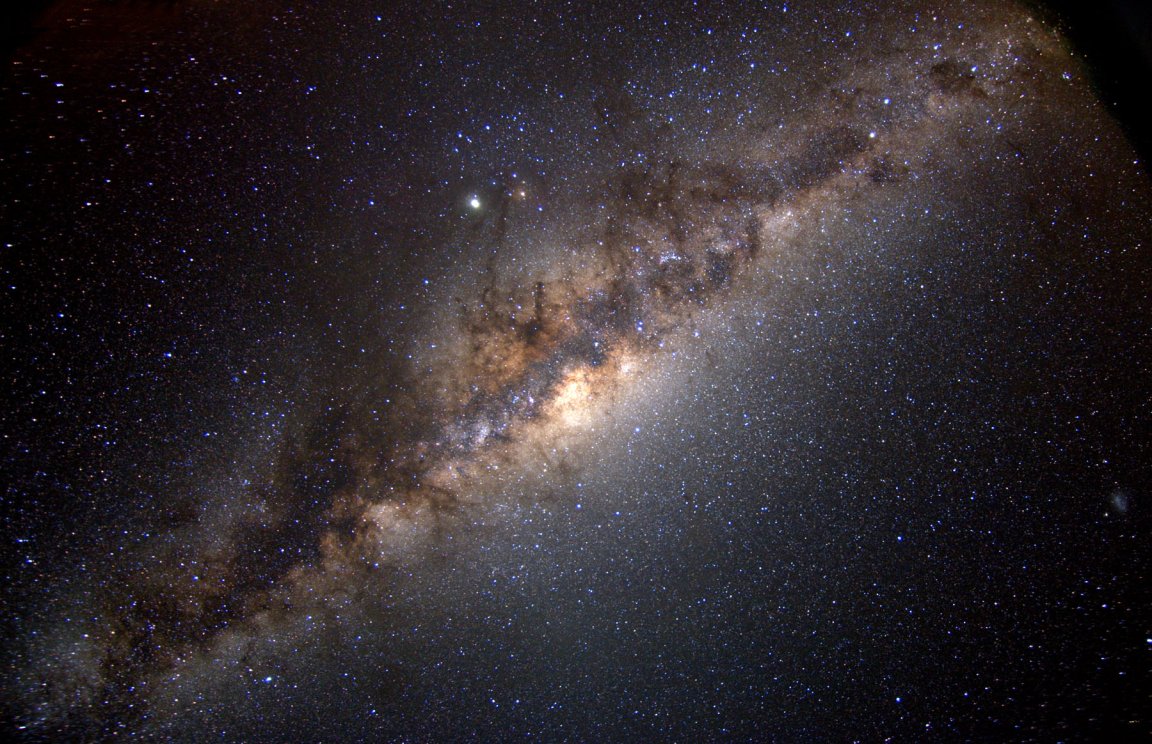
The Smith Cloud, a giant gas cloud flying toward towards the Milky Way, could form two million new stars when it finally collides with our galaxy. Check out the diagram below to see how the cloud has moved over time.

Mysterious Cloud

Back in 1963 when the Smith Cloud was discovered, it was a mystery to scientists. Its origins and chemical makeup were unknown for a long time. Some scientists thought the cloud could be a starless galaxy or just a giant body of gas, falling into the Milky Way from intergalactic space.
The more scientists found out about the cloud, the more intriguing it became.
As we previously reported, astronomers traced the cloud’s movements back through space and time, and determined that the object’s trajectory took it through the disk of the Milky Way around 70 million years ago.
It somehow managed to remain intact, which suggests that the cloud may be encircled by a huge halo of dark matter. In the same way that dark matter keeps galaxies from flying apart, it held the cloud together during the encounter.
By observing the cloud with the Hubble Space Telescope, a team of scientists from the University of Notre Dame in Indiana, led by Dr. Nicolas Lehner, have determined the that cloud is made up of elements also found in the Sun, also supporting the idea that the cloud originated in the outer limits of the Milky Way.
The astronomers were able find out more about the composition of the cloud by observing the light from distant galaxies that passed through it. By observing which wavelengths of ultraviolet light made it through the cloud, they discovered it is as rich in sulfur as the outer disk of the Milky Way, meaning it originated in our galaxy.
An Explosion of Stars
The composition of the cloud holds secrets of the past, but there’s still so much we have to learn. For example, no one yet knows how the Smith Cloud was spat out into space. But we do know it’s on its way back.
In around 30 million years, the cloud will collide with the galaxy – a long time in human years, but a relatively short period in cosmic terms. Astronomers believe that this collision will trigger a huge star formation event.
The Smith Cloud is around 9,800 light years long (or around 58 quadrillion miles), so it contains enough matter to generate a plethora of new stars in the galaxy.